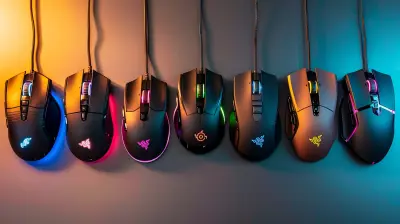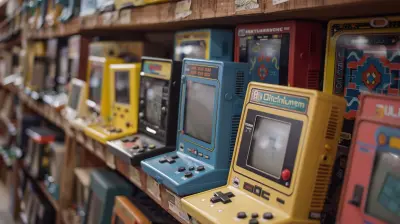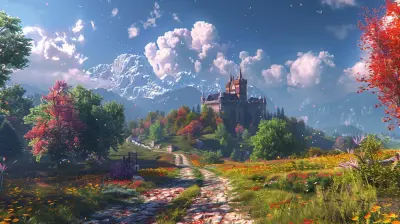The Science of Texture Mapping in Video Game Design
9 July 2025
If you've ever marveled at the lifelike bricks on a medieval castle in a fantasy RPG or noticed how realistic the rust looks on an abandoned car in a post-apocalyptic shooter, you're admiring the art—and the science—of texture mapping. Yep, this behind-the-scenes hero is what brings flat, digital models to life and makes our gaming worlds feel tangible. But how does texture mapping actually work? And why is it such a big deal in video game design?
Buckle up, because we’re about to dive into the fascinating world of pixels, polygons, and the mind-blowing tech that makes your favorite games pop off the screen.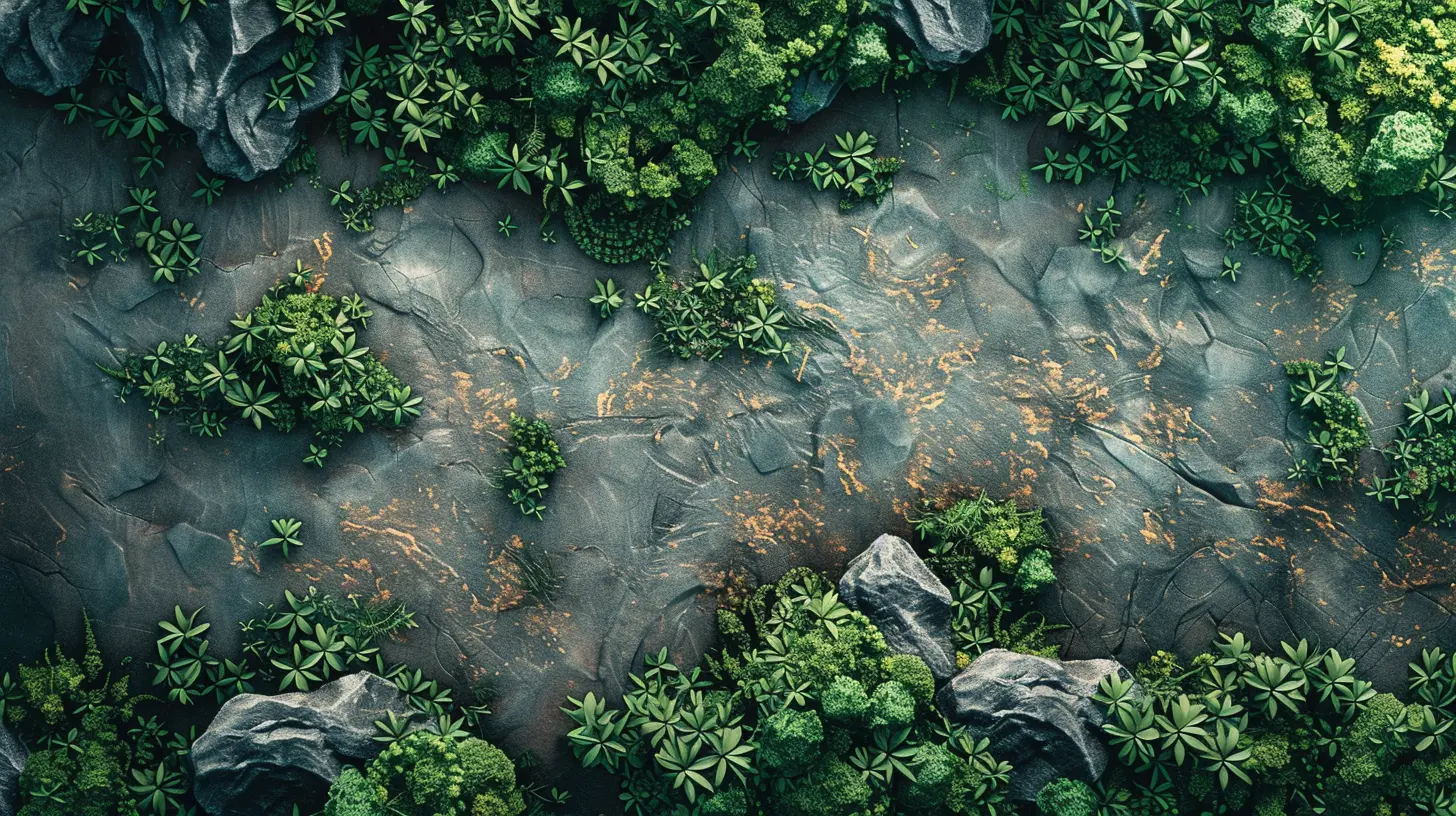
What Is Texture Mapping, Anyway?
Let’s break it down. Imagine you’re wrapping a present. The box is your 3D model, and the gift wrap? That’s your texture. Texture mapping is the digital version of wrapping paper. It’s the process of taking a 2D image and “painting” it onto a 3D model to give it color, detail, and realism.So instead of every element in the game being built from millions of tiny details (which would be a total nightmare for your GPU), designers use flat images—textures—to simulate that detail.
Think of it like putting a high-quality sticker on a blank Lego brick to make it look like a spaceship control panel. Pretty genius, right?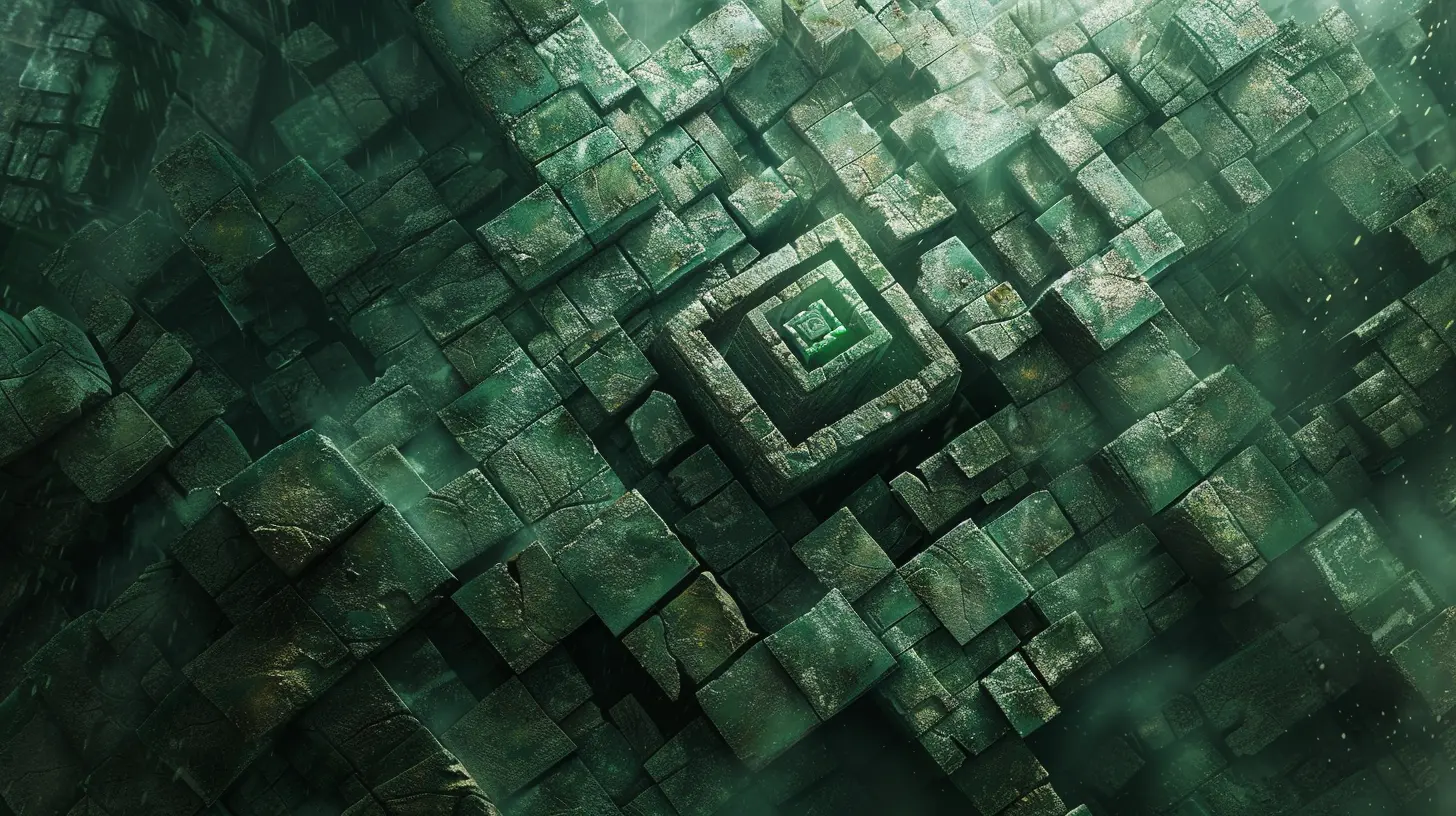
A Quick History: From Pixels to Photorealism
Back in the early days of gaming—think Pong and Space Invaders—texture mapping wasn’t even a thing. Everything was flat and blocky. Fast forward to the 90s, and suddenly we were zipping around 3D spaces in games like Quake or Tomb Raider. This leap didn’t just happen overnight.The introduction of texture mapping was a game-changer (literally). It let developers tell richer stories because environments looked more real. And as GPUs evolved, so did the complexity of textures and how they were applied.
Today, we’re talking about hyper-realism, thanks to high-res textures, advanced lighting algorithms, and real-time rendering. But under all that glittering tech is the same core concept: wrapping textures around 3D models.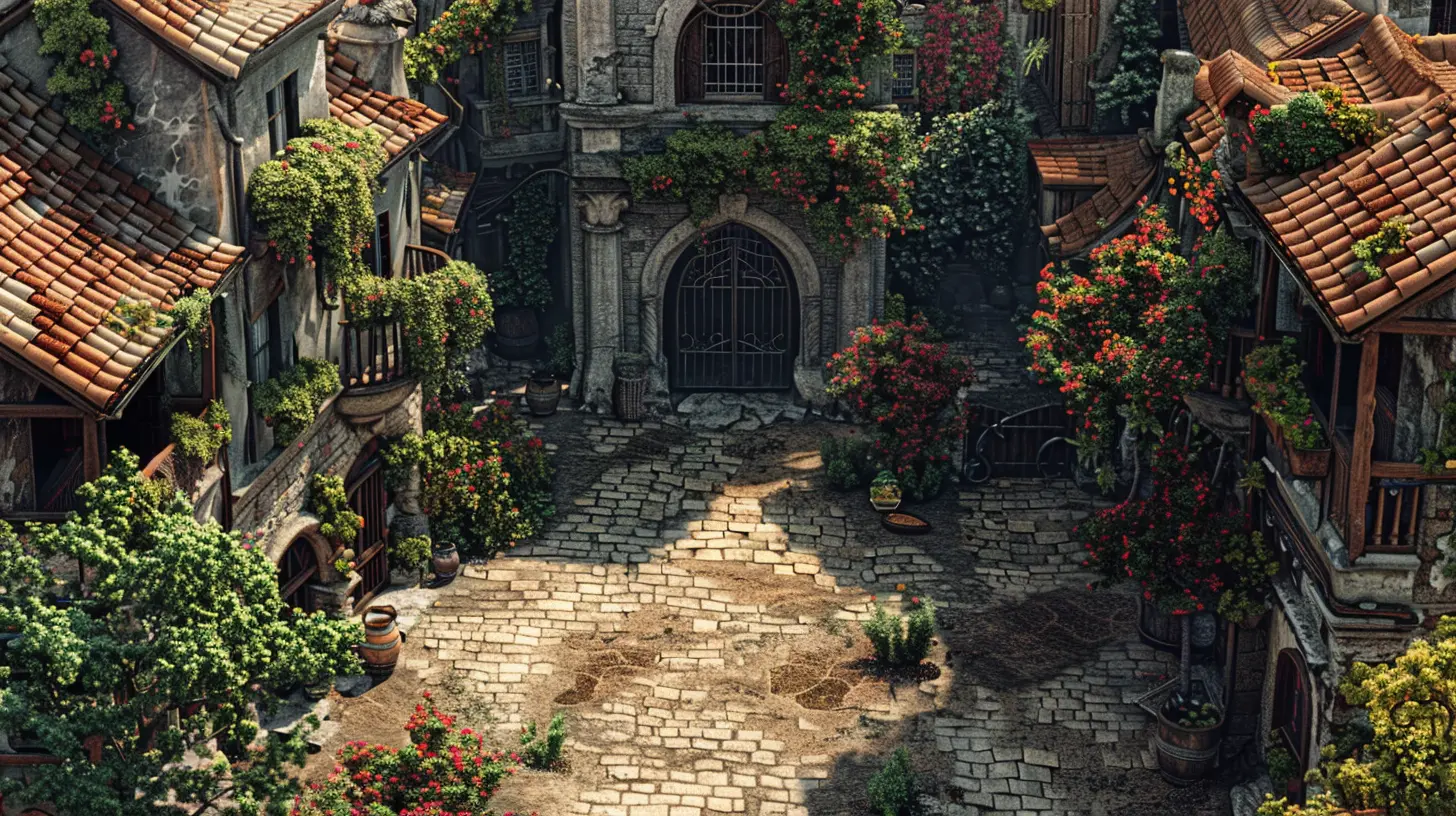
Why Texture Mapping Matters in Game Design
Alright, here’s the meat of it. You might wonder, “Can’t we just use super-detailed 3D models?” Technically, yes—but it would be a disaster for performance. Your system would crash faster than your character in a Dark Souls boss fight.Texture mapping strikes a balance between realism and performance. It allows designers to make a model look complex without actually increasing the model’s geometric detail. That means smoother gameplay, shorter loading times, and better frame rates.
Plus, textures are where a lot of the game’s story lives. A graffiti-covered wall, a blood-stained floor, or a moss-covered ruin—all these details tell you about the world you're exploring without a single word.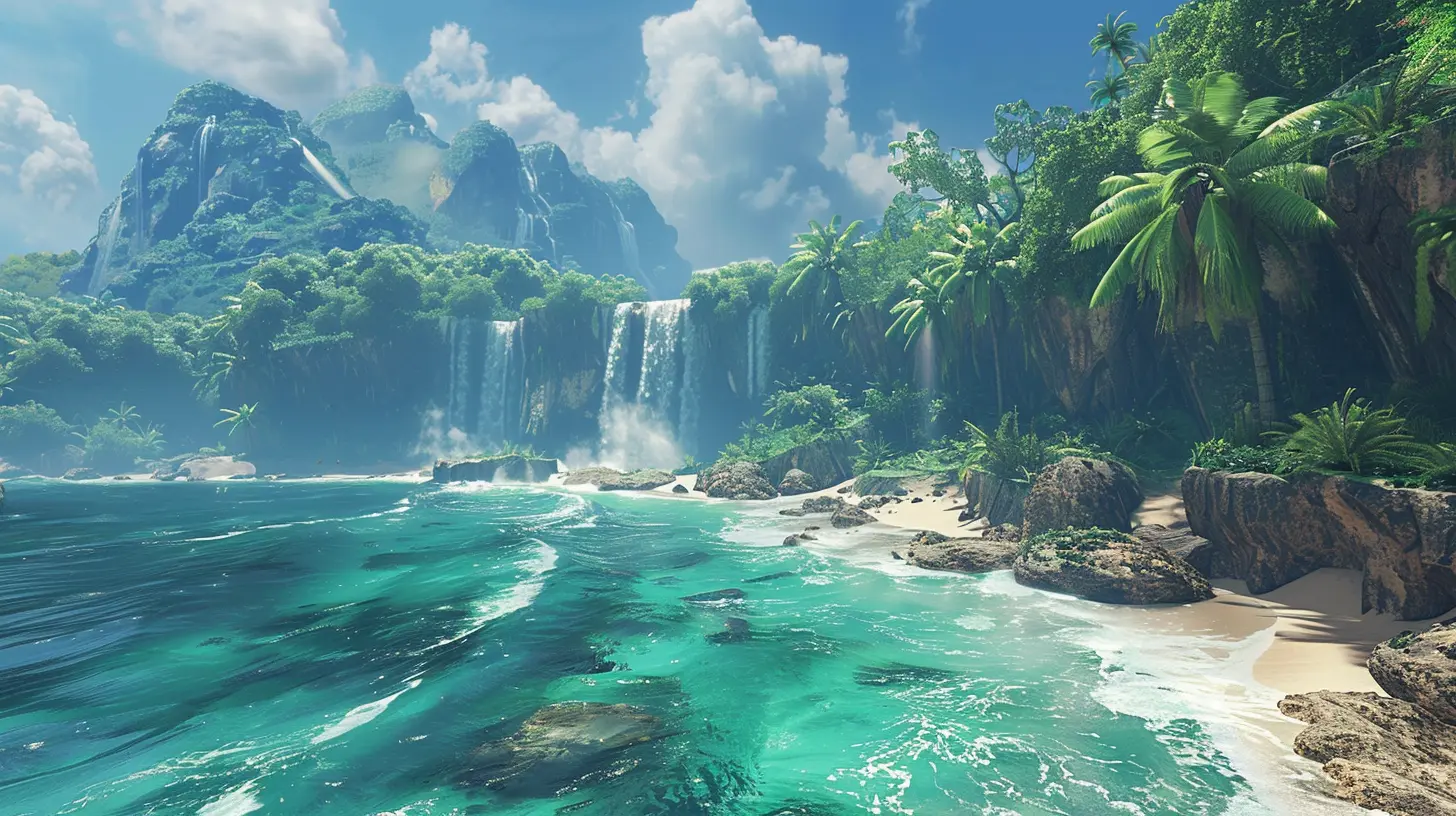
Breaking Down the Texture Mapping Process
Let’s peel back the layers and see what really goes into texture mapping. Spoiler: it’s part art, part science, and a whole lot of creativity.1. UV Mapping: The Blueprint Behind the Beauty
Before a texture can be applied, designers need to create a UV map. No, this has nothing to do with rays from the sun. “U” and “V” are just labels for the X and Y axes of a 2D texture.Think of UV mapping like skinning a 3D model and flattening it out so you can paint it. It’s a bit like tailoring—cutting up the cloth (the texture) and wrapping it perfectly around a mannequin (the 3D model).
Getting the UV map right is crucial. A sloppy map can cause textures to stretch or appear misaligned, and that totally breaks immersion.
2. Texture Creation: Painting the Details
Once the UV map is ready, it’s time to design the texture itself. Artists use programs like Photoshop, Substance Painter, or Quixel to create these images. Textures can range from simple patterns to high-res photographs layered with effects.Here’s where designers add grime, scratches, wrinkles, and other details that make objects look worn, used, or alive. Because let’s face it, perfection is boring—and nothing in the real world is perfectly clean or symmetrical.
3. Texture Mapping Techniques
There’s more than one way to skin a cat—or in this case, texture a model. Let’s look at a few methods:Diffuse Mapping
This is the most basic form, where you apply a flat color map to a model. Think of it as the base layer—like the bread in a sandwich.Bump Mapping
Want to fake texture depth without adding geometry? Bump mapping uses grayscale images to simulate surface bumps. It's great for things like brick walls or rocky surfaces.Normal Mapping
Normal mapping is like bump mapping on steroids. It adds even more depth by tweaking how light interacts with a surface, making flat models look three-dimensional.Specular Mapping
This controls shininess. Wanna make a metal surface gleam or a wet road reflect light? This is the trick.Displacement Mapping
Unlike bump or normal maps, displacement maps actually alter the geometry of the model in real time. They’re heavier on performance but oh-so-pretty.The Role of Textures in Game Immersion
Let’s get philosophical for a sec. One of the reasons games feel so immersive is because of believable environments—and textures are a huge part of that.Have you ever stopped walking in a game just to stare at a wall because the bricks looked so damn real? (C’mon, we all have!). That’s texture work pulling its weight. It gives inanimate objects history, mood, and even emotion.
Imagine playing a horror game where the walls are just grey blocks. Not scary, right? Now imagine those walls are covered in peeling paint, eerie symbols, and blood smears. Yeah, that’s texture mapping working overtime.
The Tech Behind the Magic: Real-Time Rendering & Shaders
Let’s talk tech—for just a second, I promise. Texture mapping works hand-in-hand with real-time rendering and shaders.Shaders are tiny programs that run on your GPU, telling it how to render light, shadow, and color. They interpret the texture maps and decide how those materials should look in the game’s lighting.
Want metal to reflect the sunset? Or skin to react to candlelight? That’s shaders doing their magic, using the data from your textures to make it happen.
Combined with real-time rendering engines like Unreal Engine or Unity, these textures and shaders allow developers to create dynamic, immersive worlds that react as you play.
Challenges in Texture Mapping
Of course, it’s not all smooth sailing. Texture mapping comes with its share of headaches:Texture Resolution vs. Performance
High-res textures look amazing, but they eat up memory and hurt performance. Designers have to strike a balance between fidelity and function. Welcome to the constant tug-of-war between art and optimization.Texture Seams and Artifacts
If UV maps aren’t stitched together properly, you’ll get visible “seams” or graphical glitches. It’s like a badly sewn shirt—it just doesn’t feel right.Repetition Fatigue
Reusing the same textures can save memory, but players will notice repeated patterns. That moss on every rock? Kinda kills the vibe. So, designers often go the extra mile to vary textures using blending techniques or procedural generation.Future of Texture Mapping: AI, Ray Tracing & Beyond
So where’s this all going?With the rise of AI, machine learning is being used to upscale textures, predict wear-and-tear, or generate textures procedurally. That means faster development and more dynamic environments.
Ray tracing is another big leap. It simulates real light behavior, and when paired with high-quality textures, the results are absolutely jaw-dropping. You’re not just playing a game—you’re stepping into a movie.
And let’s not forget about Virtual Reality. As VR becomes more mainstream, texture mapping will need to be even more detailed and convincing. Because in VR, you don’t just see the world—you live in it.
Conclusion: Textures Are the Soul of Your Favorite Games
At first glance, texture mapping might seem like just another tech tool in a game developer’s kit. But really, it’s the soul of visual storytelling in gaming. It’s what turns a lifeless polygon model into a battle-worn knight, a crumbling ruin, or a bustling neon-lit city.It makes us feel. It tells silent stories. And it brings digital worlds to life.
So next time you’re deep in a game and pause just to take in the scenery, give a little nod to the textures. They’re doing a lot more work than you think.
all images in this post were generated using AI tools
Category:
Video Game GraphicsAuthor:

Tayla Warner
Discussion
rate this article
2 comments
Atlas Valentine
This article brilliantly highlights the crucial role of texture mapping in video game design, illustrating how it enhances realism and depth. Understanding its scientific principles not only enriches our appreciation of game art but also informs future advancements in immersive experiences.
October 12, 2025 at 2:47 PM

Tayla Warner
Thank you for your thoughtful comment! I'm glad you found the article highlights on texture mapping's impact on realism and future advancements insightful.
Emory McFarlane
Loved this breakdown! Texture mapping really brings games to life. Great read!
July 17, 2025 at 5:06 AM

Tayla Warner
Thank you so much! I'm glad you enjoyed the article and found the breakdown helpful!
